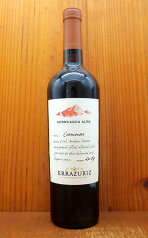(n) Jougan period (of art history, 859-877 CE)
(n) Iron Age
(n) Tempyo period (esp. used as a period of art history, 710-794 CE)
(n) Tanuma period (1767-1786 CE)
(n) Higashiyama period (cultural and artistic period of the mid-Muromachi)
(n) Momoyama period (latter half of the Azuchi-Momoyama period, approx. 1583-1600 CE)
(n) Fujiwara period (esp. used as a period of art history, approx. 894-1185 CE)
(n) Copper Age (period in which metal tools started to be used alongside stone tools)
(n) Tokugawa period (i.e. the Edo period, 1600-1867 CE)
(n) (sumo) era during the 1950s dominated by grand champions Tochinishiki and Wakanohana I
(n) Nara period (710-794 CE)
(n) the Jomon period
(n) era of Japanese imperialism
(n) (sumo) era during 1960s dominated by grand champions Taiho and Kashiwado
(n) Hakuho period (esp. used as a period of art history, approx. 645-710 CE)
(n) (obsc) Age of Discovery
(n) Asuka period (550-710 CE)
(n) ice age
glacial period
(n) one's dark days
the period during which one suffered misfortune and obscurity
(n) Feudal period (characterized by the rule of the shogunate as opposed to emperor, 1185-1867 CE)
(n) feudal period
(n) Heian period (794-1185)
(n) Heisei period (1989-)
(n) current era of excessive eating
era in which there is more than enough food
age of plenty
age of plentiful food
(n) (sumo) era at the turn of 1960s into 70s dominated by grand champions Kitanofuji and Tamanoumi
(n) Meiji period (1868-1912)
(n) Yayoi period (c. 300 BCE-300 CE)
(n) childhood
(n) Ritsuryo period (mid 7th-10th centuries CE)
(n) (sumo) era during mid-1970s dominated by grand champions Wajima and Kitanoumi



